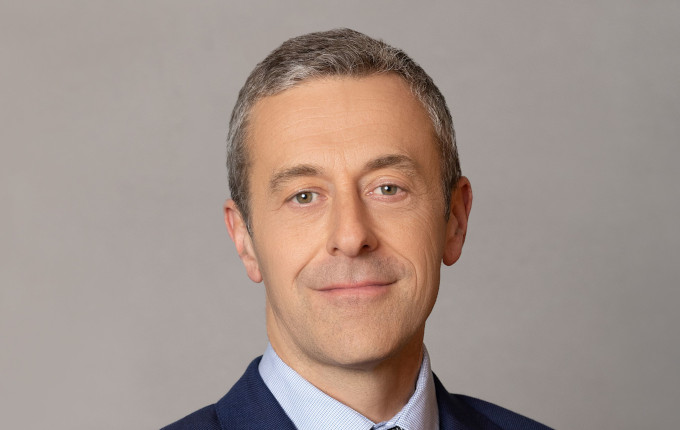A new paper published by CAIA delves into the implementation of the total portfolio approach at four large global funds, including the Future Fund
At the end of 2022, John Bowman, President of the Chartered Alternative Investment Analyst (CAIA) Association sat down with Dr Chiam Swee Chiang, Head of Total Portfolio Strategy at GIC for a coffee.
The topic of discussion was the Singapore sovereign wealth fund’s approach to, what it calls, a ‘joined-up’ investment framework, or a total portfolio approach (TPA).
Speaking with Chiam, Bowman realised quickly there was a wealth of information in this topic and set out to find other funds who have embraced this approach to investing. The result is a new CAIA study: “Innovation Unleashed: The Rise of Total Portfolio Approach”, published today.
The paper contains contributions by four of the world’s largest proponents of TPA, including, Canadian pension fund CPPIB, the Future Fund, New Zealand Super and, of course, GIC.
The four funds look at different parts of the implementation process of TPA, covering governance, culture, competition for capital and factor investing.
It also includes a contribution by Jayne Bok, Head of Investments Asia at Willis Towers Watson. Willis Towers Watson and its not-for-profit think tank, the Thinking Ahead Institute, have been among the most vocal advocates for TPA, and have argued that when implemented well it can add 50 to 100 basis points return to the portfolio.
Bok tackles the question of whether TPA is suitable for everyone.
A False Sense of Diversification
TPA has been gaining in popularity in recent years and in Australia has been embraced by the likes of TCorp and the former QSuper, in addition to the Future Fund. It is a form of investing that does away with the traditional siloed approach to asset classes, and instead requires its investment staff to think about each investment in the context of the broader portfolio, especially through a risk lens.
The CAIA paper traces the roots of TPA back to the mid-2000s, arising more or less simultaneously in Canada and Asia. Although implementation can vary, TPA seeks to remedy some of the key problems with using traditional strategic asset allocation (SAA) frameworks.
One of the key issues with investing strictly by asset class buckets is that an investor may create ‘a false sense of diversification’, CAIA says in the report. Holdings within the separate asset classes might actually expose the overall portfolio to similar risks.

They don’t need to be specialists but it is more than useful to have a board who are literate in financial market dynamics, more so than under an SAA [approach]. This is because the board’s task goes beyond holding individual asset teams accountable to narrow benchmarks – Ben Samild, Future Fund
CAIA provides an example, where the private equity portfolio might include investments in turnaround buyout funds, while the hedge fund portfolio may include distressed strategies, and the private debt portfolio may have debt-for-control strategies.
“On the surface, buyout, private debt, and hedge funds should have low correlations with one another, but if the portfolios are built as described, they may, in fact, exhibit high correlations based on being exposed to similar risk and economic drivers, which would be particularly damaging if distressed strategies underperform,” CAIA contributors write.
TPA should prevent such situations from happening, as risk is assessed in aggregate.
TPA at the Future Fund
One of the key proponents of this approach to investing in Australia is the Future Fund and its Chief Investment Officer, Ben Samild, took a closer look at governance in the paper.
Samild writes that under the Future Fund’s interpretation of TPA, the board is a partner of the investment staff and looks at the current positioning of the portfolios and the relative attractiveness of different opportunities.
[i3] Insights caught up with Samild and asked what this partnership between the board and investment team means for delegating investment decisions. Does every investment need to be signed off by the board, or does the CIO have a relatively broad remit?
“There is significant delegation to staff, depending on the nature and profile of the investment. Essentially, the delegation aligns with the holistic risk profile of the proposal,” he says.
The greater involvement of the board does not mean they all have to be investment specialists, Samild argues, but it does require a broad level of financial literacy, he says.
“They don’t need to be specialists but it is more than useful to have a board who are literate in financial market dynamics, more so than under an SAA [approach]. This is because the board’s task goes beyond holding individual asset teams accountable to narrow benchmarks,” Samild says.
Asked whether the Future Fund has made any investment that the fund probably wouldn’t have made if it was assessed on a stand-alone asset class basis, Samild says there are lots of examples.
“Many [examples] refer not so much to the actual investment as they do to the size. Most of the asset classes have significantly more concentration and a different risk profile than they would otherwise have if they were managed only to an asset class objective,” he says.
To download the full paper, please visit the CAIA website here.


